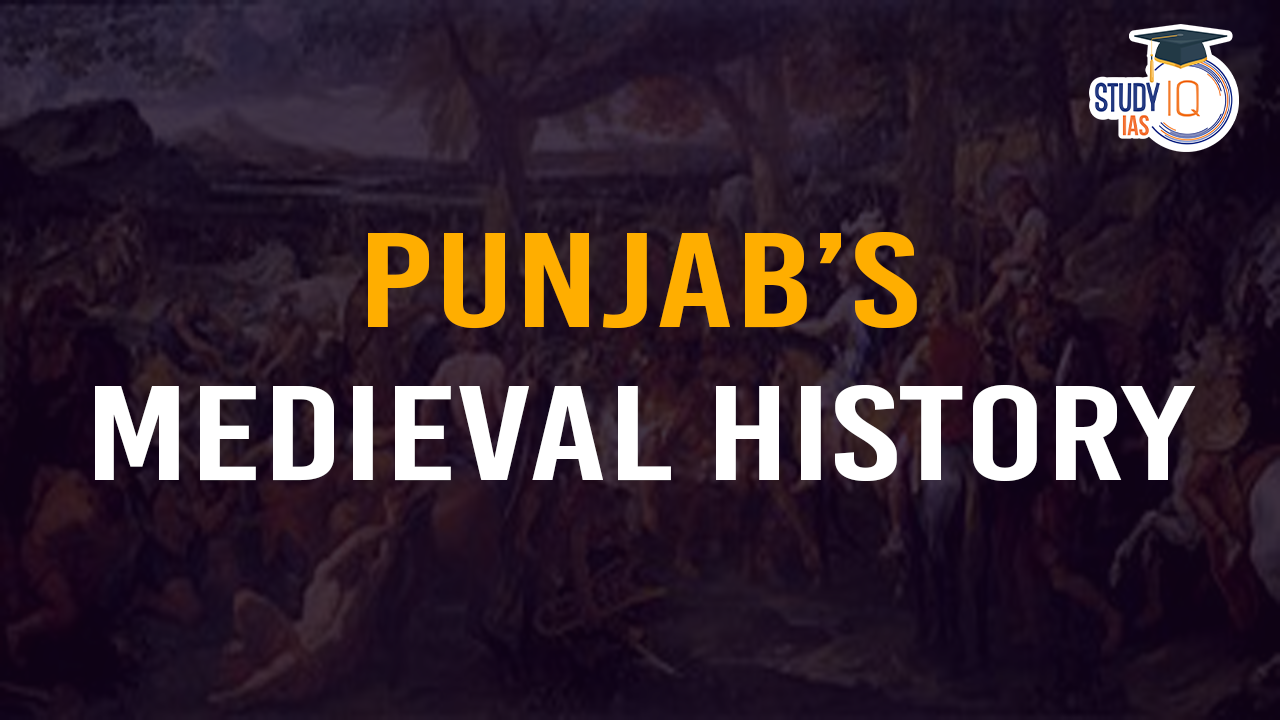Table of Contents
Medieval History of Punjab
During the medieval period, Punjab was predominantly under Muslim rule, witnessing a succession of dynasties that shaped its political and cultural landscape. The Ghaznavids were the first to establish their dominance, followed by the Ghurids, the Slave Dynasty, the Khiljis, the Tughlaqs, the Sayyids, the Lodhis, and eventually the Mughals.
It was during the reign of Babur that the Bhakti movement gained momentum, giving rise to Sikhism, which emphasized spiritual devotion and social equality. While Emperor Akbar maintained a relatively tolerant and inclusive approach toward Sikhs, his successors viewed them as a political threat. The later Mughal rulers, particularly Jahangir and Aurangzeb, saw the growing influence of Sikhism as a challenge to their authority, leading to several conflicts between the Sikh Gurus and the Mughal Empire.
Chronology
| Period/Year | Event |
|---|---|
| Early Medieval Period | The Taank and Odi Shahi Kingdoms unified most of western Punjab. |
| 8th–12th Century | The Tomara and Katoch dynasties controlled the eastern parts of Punjab. |
| 8th Century | The Umayyad Caliphate conquered southern Punjab, introducing Islam to the region. |
| 1025 | The Ghaznavids conquered Punjab. |
| 1186 | Muhammad of Ghori conquered Lahore, deposing the last Ghaznavid ruler. |
| 1526 | Babur, a descendant of Timur and Genghis Khan, crossed the Khyber Pass and secured control of Punjab. |
| 15th Century | The Langah Sultanate ruled much of south Punjab. |
| 16th Century | Guru Nanak founded Sikhism in central Punjab. |
| 1799 | The Sikh Empire unified most of Punjab after a period of anarchy. |
| Punjab PCS Important Links | ||
| Punjab PCS Notification | Punjab PCS Apply Online | Punjab PCS Syllabus |
| PPSC Eligibility Criteria | PPSC PYQ | Punjab PCS Notes |


 Bahmani Kingdom (1347-1527 AD), History,...
Bahmani Kingdom (1347-1527 AD), History,...
 Jallianwala Bagh Massacre, Date, History...
Jallianwala Bagh Massacre, Date, History...
 Buddhism History, Origin, Sect, Councils...
Buddhism History, Origin, Sect, Councils...













